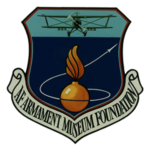Driving onto the grounds of the Air Force Armament Museum, visitors first notice the array of numerous aircraft on display. The fastest plane ever built, the SR-71 Blackbird is the centerpiece flanked by numerous planes from World War II, Korean, Vietnam and Gulf War eras.
The Air Force Armament Museum is located on the Emerald Coast of the Florida Panhandle. It is on Highway 85 South, 7 miles north of Fort Walton Beach. The museum is open Sunday through Saturday from 9:00 a.m. to 5:00 p.m. Central Time. Tours are self-guided. Photography is permitted and encouraged.
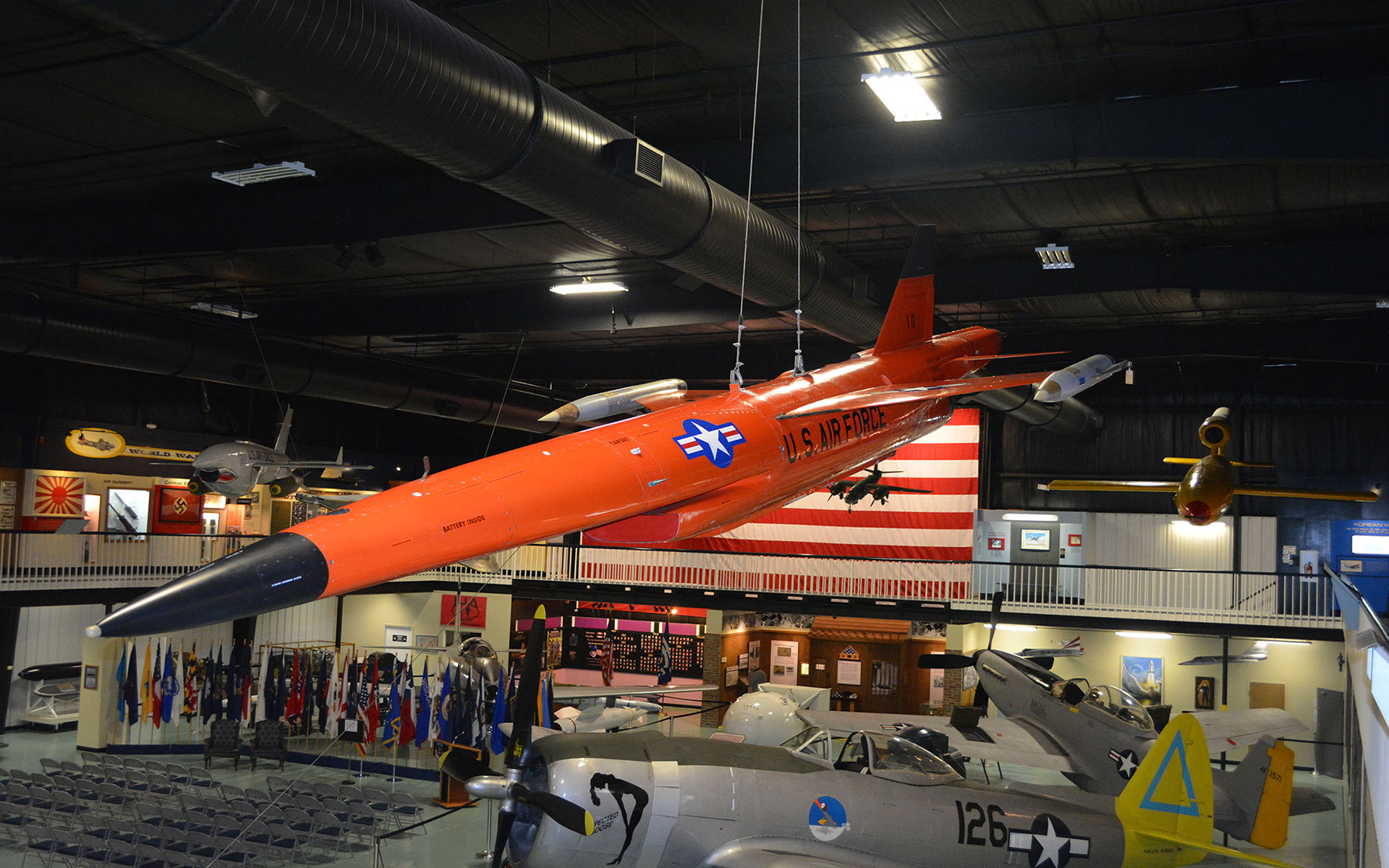
Introduction
Inside the museum are four aircraft as well as a wide variety of bombs, missiles, and rockets. Children young and old will find many interactive displays that entertain as well as educate.
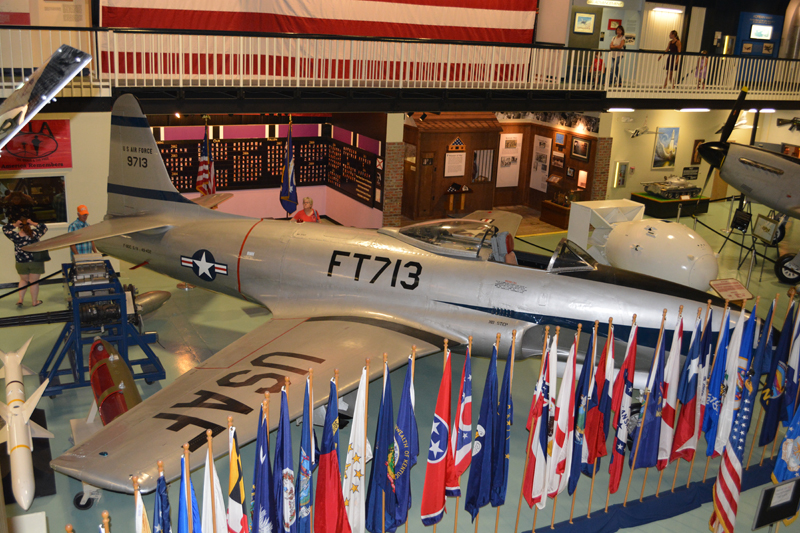
Korean War
Just before daylight on Sunday June 25, 1950, the North Korea People’s Army crossed the 38th parallel of latitude, into the southern portion of Korea. The North Koreans, supported by the Russians and then later the Chinese, invaded and tried to conquer South Korea, which was supported by the United States and other countries operating under the flag of the United Nations.
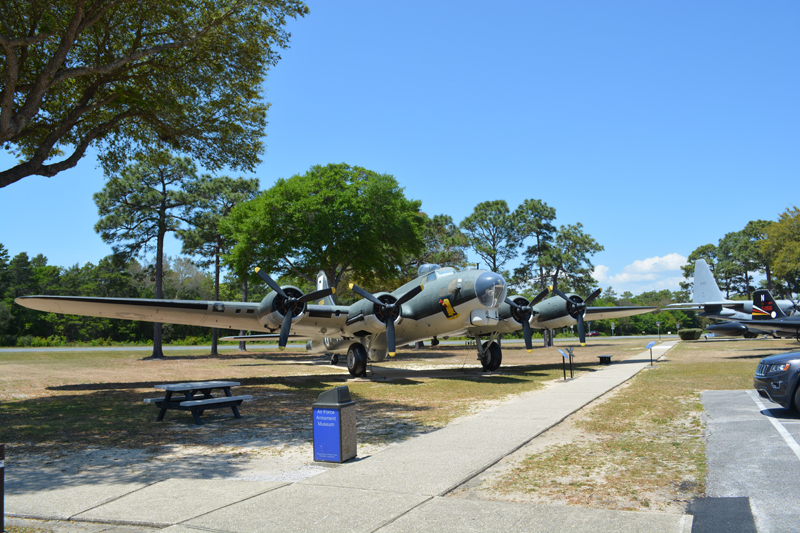
Air Power
On December 22, 1941, Britain’s Prime Minister Winston Churchill and President Franklin D. Roosevelt met in Washington, D.C. for three weeks, they and their advisory shaped Anglo-American strategy for the war against the Axis powers. The two Allies agreed that Nazi Germany had to be defeated first while they fought only a holding action in the Pacific. Once the European war had been won, they would turn their combined efforts to defeating Japan.
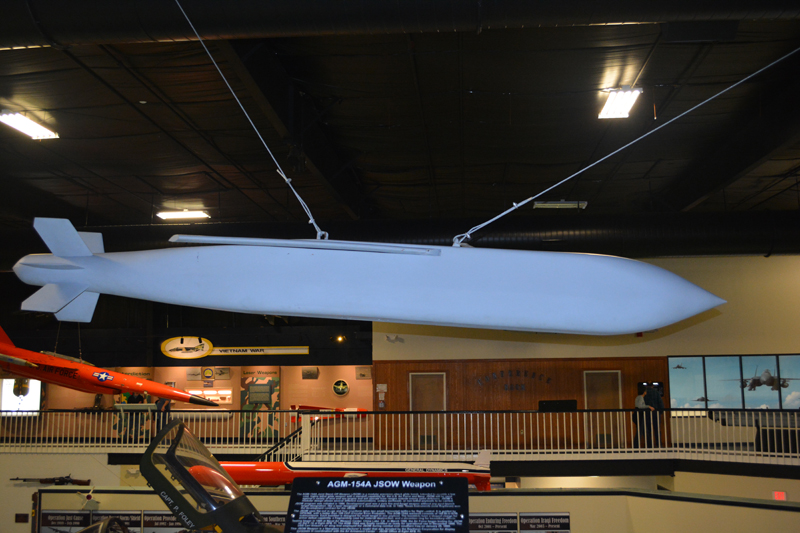
Modern Weapons
Terminal guidance seekers will automatically seek and pinpoint moving or standing battlefield targets obscured by weather and protected by electronic shields. Millimeter wave radar technology will be employed to provide high resolution targeting information for accurate terminal homing to the target. Self-forging fragment warheads dispensed from the missile will explosively form and eject a lethal metal slug moving 9 times the speed of sound that can punch a fist-sized hole in thick armor from long ranges. The self-forging fragment warhead technology will be adaptable to guided or unguided cluster submunitions for use in future armament concepts.
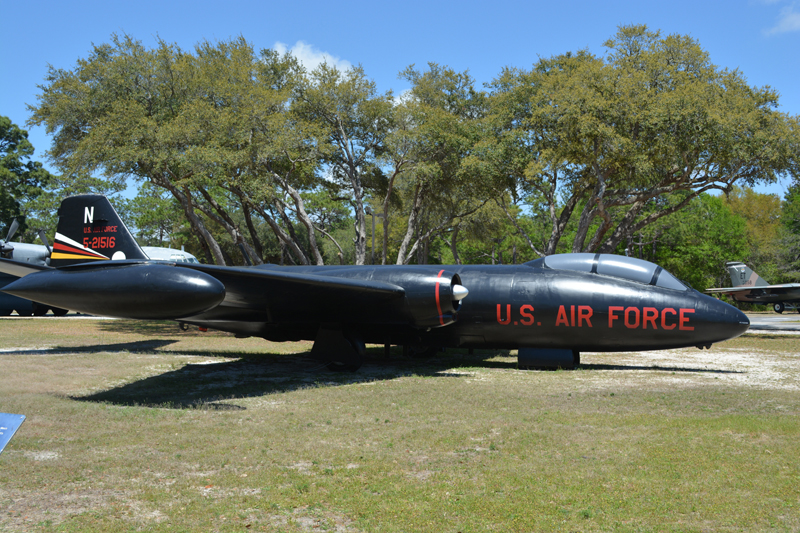
Vietnam War
In 1965, when the United States first began to take a full-scale role in the war in Southeast Asia, the Air Force was called on to provide direct fire support and airlift to the ground forces. Men and planes adapted admirably, ultimately flying more missions, dropping more bombs, and delivering more men and supplies, with a lower loss rate, than in any previous conflict. The aircraft involved in this war ranged from ancient lumbering propeller planes to sleek supersonic jets.
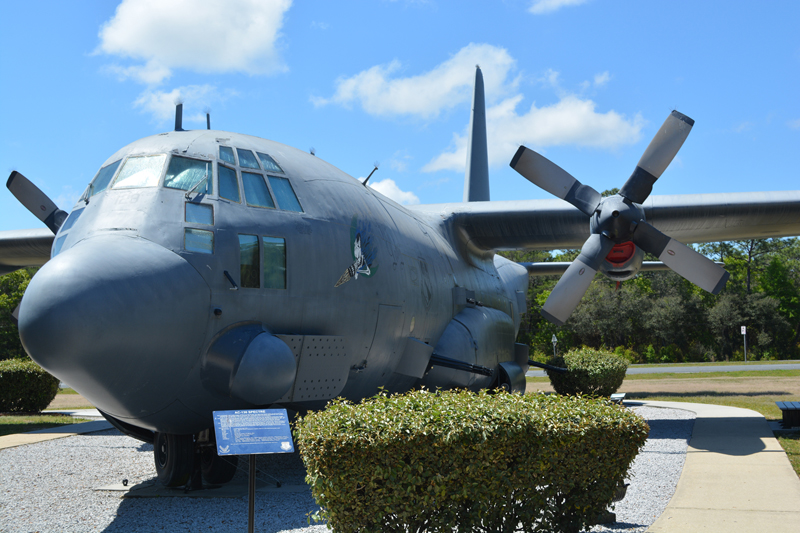
Aircraft
The C-130 gunship was a new weapon system in an old airframe. Therefore, there were a number of firsts that one model or another chalked up for the gunship. Spectre was operationally tested at Eglin Air Force Base, Fla., from June to September 1967. It initially deployed to Nha Trang, Republic of Vietnam Sept. 20, 1967, and flew its first combat mission Sept. 27. Its first truck busting mission was flown Nov. 8, 1967, and all A-model gunships were assigned to Detachment 2, 14th Commando Wing. In 1968, Det. 2 was assigned to the 8th Tactical Fighter Wing and became the 16th Special Operations Squadron. At that time the C-130A was renamed the AC-130A.
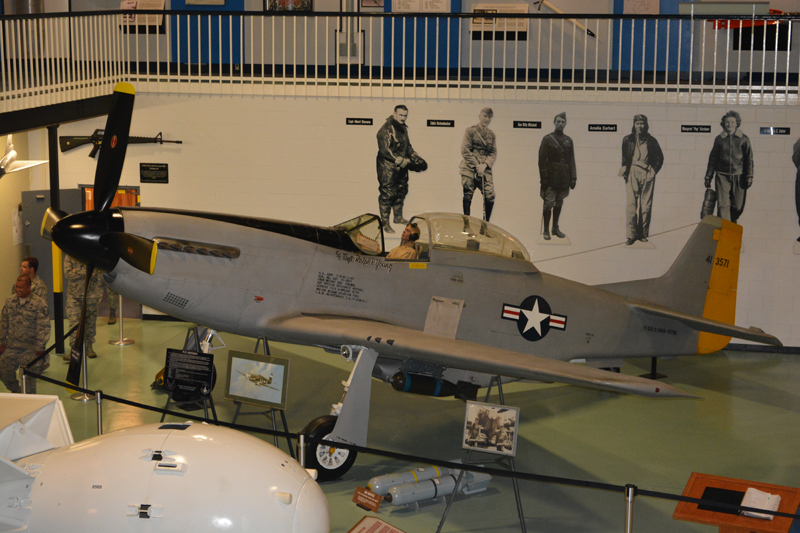
World War I
Aviation came of age in WWI. Eleven years after the Wright brothers flew at Kitty Hawk, men in airplanes were shooting at each other over the Western Front, with pistols and rifles at first. Fire and maneuver are the basic elements of warfare, and nowhere did these elements fit better than in this new medium. Machine guns, both fixed and flexible, were in use by 1915. A major breakthrough was the invention, by German engineers, of a synchronizing device which made it possible for guns to be fired through the arcs of propellers.
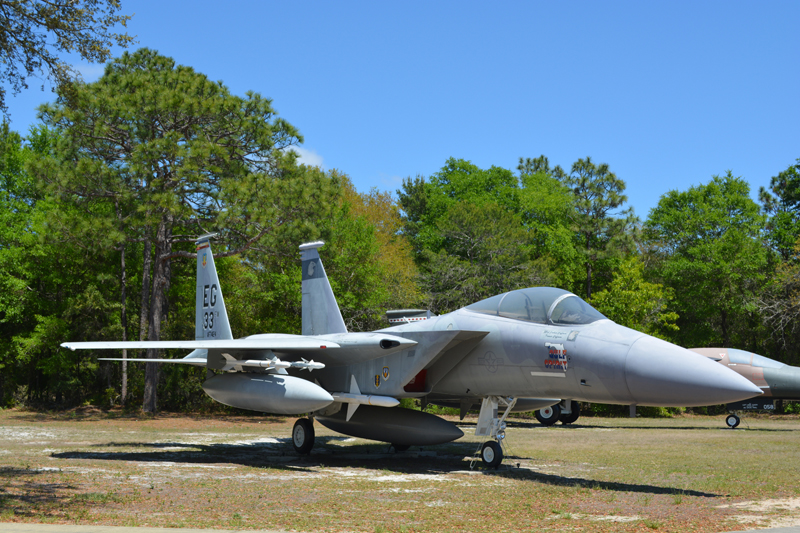
Gulf War
Few Campaigns in military history have been as ambitious or successful as Operations Desert Shield and Desert Storm. Sparked by Iraq’s Aug. invasion of neighboring Kuwait, U.S. forces joined in an unprecedented international coalition to prevent further Iraq expansionism and to restore Kuwait’s legitimist government.
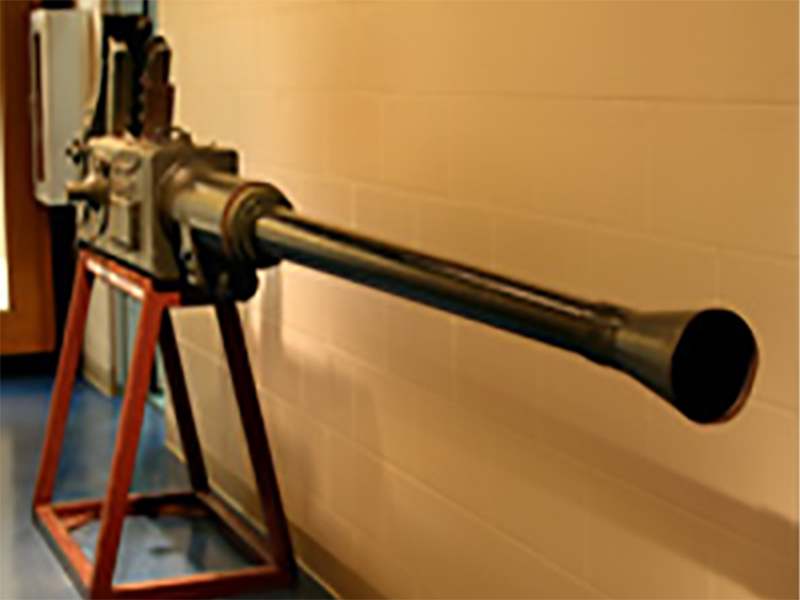
Gun Vault
The Lewis gun, with or without its air-cooling jacket, was the standard observer’s gun in the Allied air services. The revolving drum from which the gun was fed increased in capacity from 47 to 97 rounds in 1916. The Parabellum was used by German observers as was the Spandau. While the name Maxim gun was universal among the Allies for these designs – the Germans simply referred to them as LMG.08 or LMG.08/15 – which were the aviation models of the 1908 Maxim gun.

World War II
On December 22, 1941, Britain’s Prime Minister Winston Churchill and President Franklin D. Roosevelt met in Washington, D.C. for three weeks, they and their advisory shaped Anglo-American strategy for the war against the Axis powers. The two Allies agreed that Nazi Germany had to be defeated first while they fought only a holding action in the Pacific. Once the European war had been won, they would turn their combined efforts to defeating Japan.
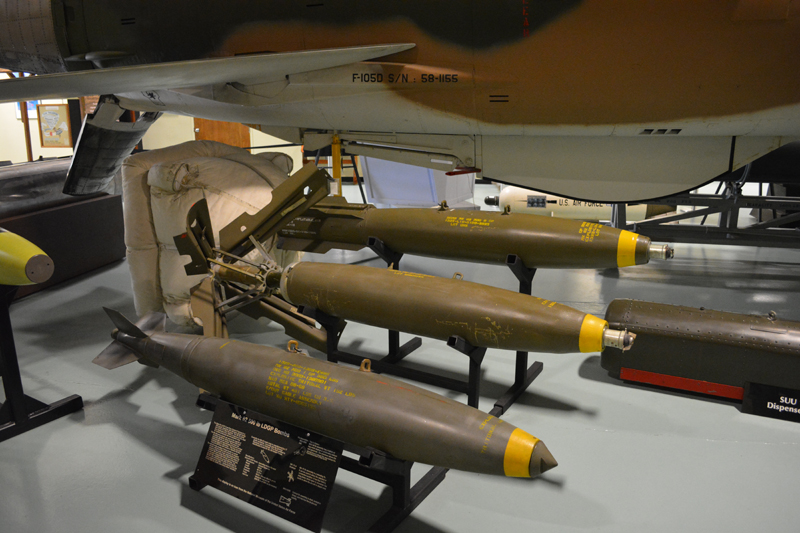
Armament
Tactical air-to-ground missile systems technology being developed by the U.S. Air Force for the coming decade will seek and destroy enemy target using mid-course guidance, terminal guidance and self-forging fragment warheads. Mid-course guidance will use lightweight, low-cost, high-capacity, digital electronics to accurately navigate and control missile flight. This fast-response, high-capacity computing capability has been made possible by recent rapid advances in microprocessor technology. Extremely accurate navigational update information will be provided by missile data links with preposition satellites.
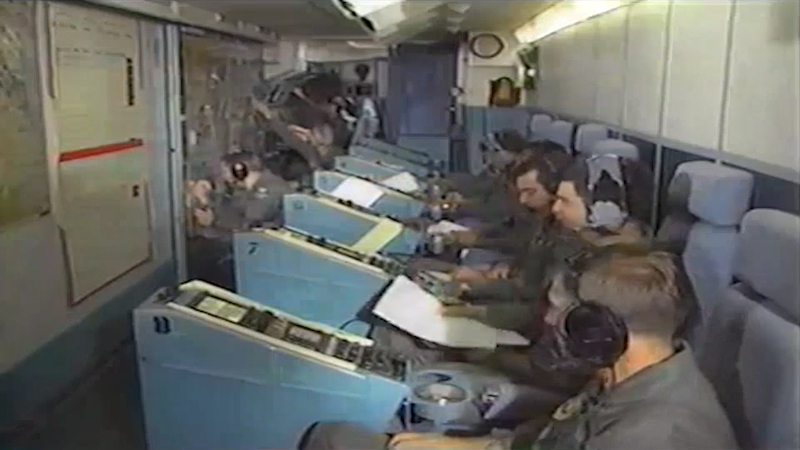
Special Operations
Mission – ABCCC provides worldwide responsiveness in the employment of its airborne battlefield command and control capability by managing tactical air operation in limited or general war, contingencies, special mission and exercise. Tactical Air Control Center/Allied Tactical Center Extension (TACC/ATOC), Air Support Operation Center (ASOC), Crisis Management Tactical Deployment Control Aircraft (TDCA).
